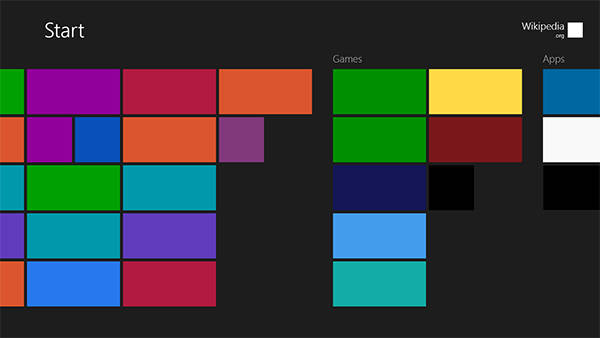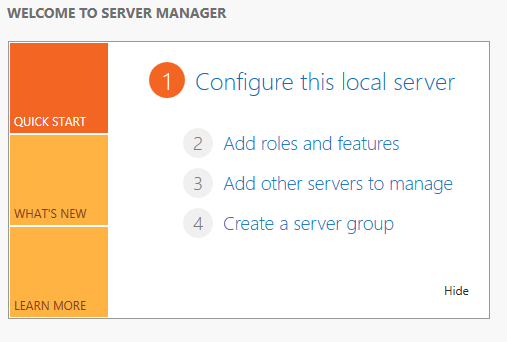-

9 Common Problems in Windows 8.1
Windows 8.1, Microsoft’s new operating system, is not without flaws. Many of the issues relate to the confusing interface but some are indicative of deeper problems. Windows 8 has bugs. Which, to many users, is probably not a surprise. Fortunately however, like Microsoft’s preceding OS, there are solutions. Microsoft is a company moving forwards and…
-

Measuring Disk Latency-Windows Performance Monitor
Physical Disk Latency is, in a nutshell, a measure of the delay from when a disk Input/output (I/O) request is created until it’s completed. It determines how fast a computer responds to various tasks and increased latency can be a sign of a problem with the system, or simply that it’s overworked. In the old…
-

Recovering from a Windows Server Crash
There’s nothing worse than the plummet your gut experiences when you’ve just been told your servers have crashed. Thankfully all isn’t lost. Essential data can be restored through a number of means. Make use of a bootable USB flash drive, install from the Windows Installation media or restore from a previous back up. If all…
-

Auditing Windows Server 2012
Current business modeling relies heavily on the virtualization of its network. Many transactions and interactions are now carried out by employees and contractors using mobile devices. Doctors and nurses are no longer relying solely on paper-based note recording and filing, making full use of tablets and laptops to handle patient information. Trade, salespeople and contractors…
-

Is Your Wireless Network Vulnerable to Packet Sniffers?
Almost every company has a wireless network in effect to some extent. It´s a part of the modern workplace and keeps computers, printers and other devices talking to each other and working smoothly. Every wireless network is a potential entry point for determined hackers, though, who can hack your system from a nearby coffee shop,…
-

DFS in a Windows Server Infrastructure & DFS Replication
DFS (Distributed File System) is a Windows Server feature which allows System Administrators to create a single namespace to provide a replicated sharing infrastructure across the network. Large enterprises that have multiple offices interconnected must be able to allow their employees to access documents easily. This means that clients must connect to desired resources from…
-

What is HIPAA Compliance?
HIPAA stands for the Healthcare Insurance Portability and Accountability Act of 1996. This specifies laws for the protection and use of Personal (or Protected) Health Information (PHI) – essentially, your medical record. HIPAA sets the standard for protecting sensitive patient data. The Administrative Simplification provisions of the Act (HIPAA, Title II) require the U.S. Department…
-

NAP Enforcement (Network Access Protection)
NAP or Network Access Protection is a Windows Server security mechanism which enables you to control how computers gain access to network resources. The main functionality of NAP is to verify and ensure that only healthy computers will be marked as compliant and will receive network access. In this article we will talk about some…
-

2014 Security Threats & the Impact of Cybercrime
The cost of cybercrime, mobile threats on the rise, Zero Day threats…what every business needs to know.
-

CIFS Monitoring & Industrial PC Security
CIFS – How to Protect Legacy Industrial PCs (IPCs) Before the popularity of cloud began to take over, the only choice that companies large and small had with regard to IT infrastructure, was to build their own network. This of course consisted of servers, web servers and workstations, all connected together for the purposes of…
Got any book recommendations?